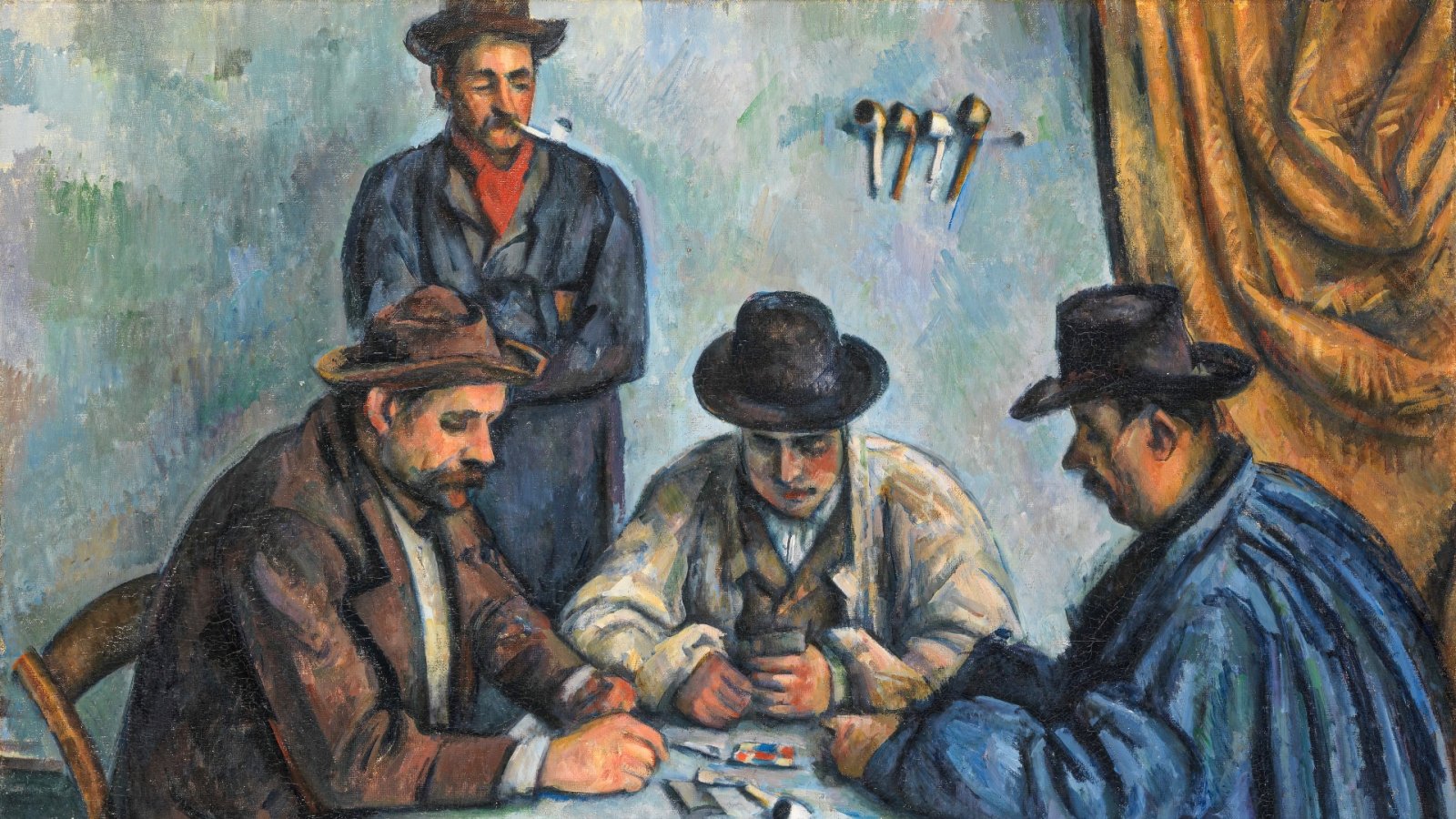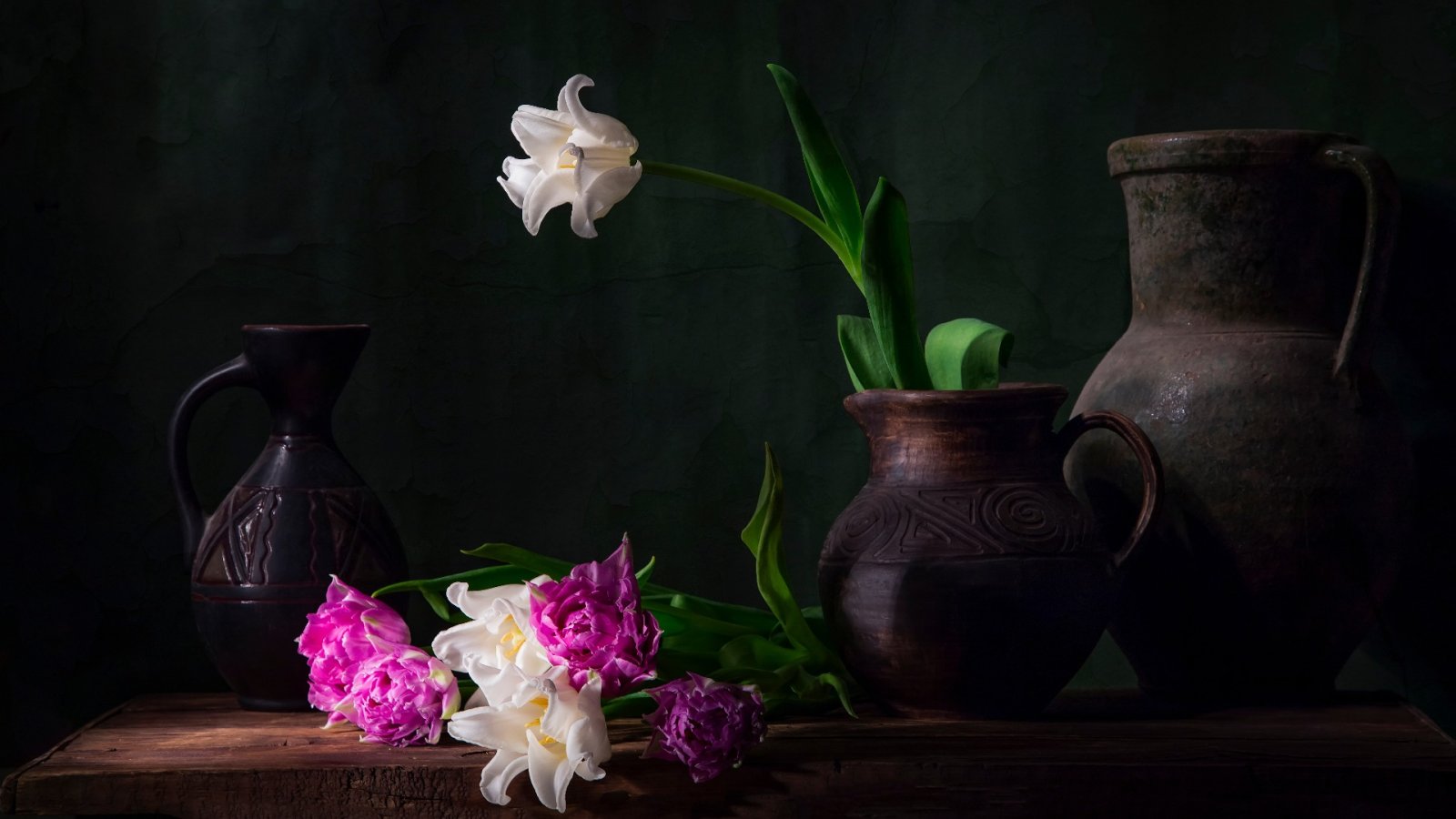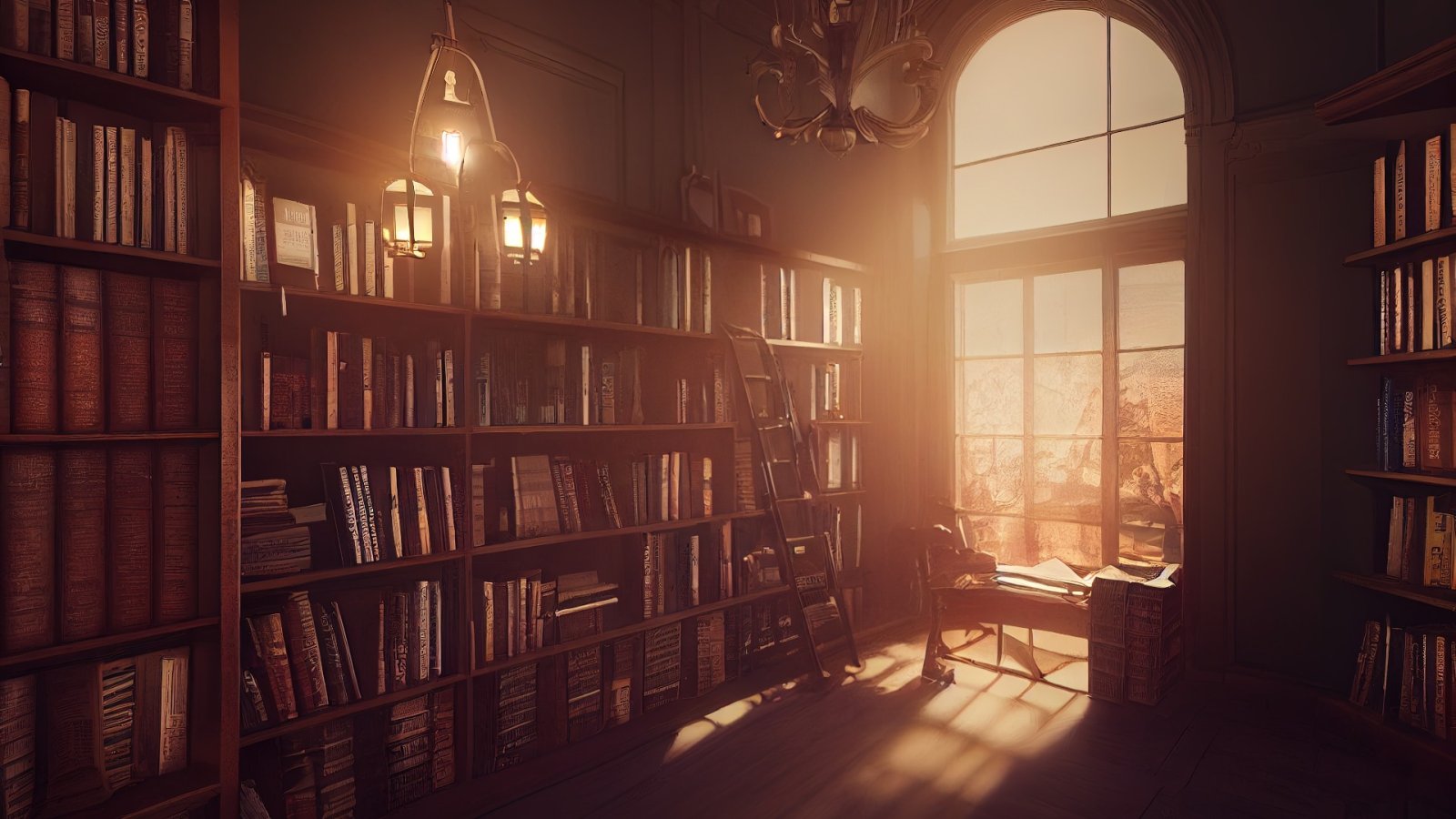The idea of a striking and eye-catching poster is now commonly understood. Still, it was not until the turn of the 20th century, when Jules Chéret introduced the color lithography technique to the city of love, that the very concept of a poster was redefined. Chéret, along with Henri de Toulouse-Lautrec and Théophile-Alexandre Steinlen, turned vintage French posters into collectible items for generations to come, splashing cities worldwide with vivid colors.
And the truth is, Chéret's impact on poster design cannot be underestimated. Before his foray into the fine art world in 1900, he produced more than 1,000 posters in his light and theatrical style, bringing vibrant hues of red, yellow, and blue to the city's darkened walls. The charming maidens that frequently graced his posters became such a ubiquitous feature in Paris that they were affectionately dubbed "Cherettes" by locals.
The production of these posters boomed to such an extent that it prompted the creation of a law in 1881, which established official posting areas to prevent the city from being inundated with posters. The popularity of these posters was further cemented three years later when the artist organized the first group exhibition of French posters in Paris. Chéret's "Cherettes" appeared in a wide range of products, from theater shows and exhibitions to alcohol, oil, perfumes, and even more alcohol. The content of the poster was almost irrelevant, as Chéret's signature style of vivid bursts of color and a charismatic woman aiming to catch your attention was the norm.
In 1893, the painter created one of his most exuberant and thrilling images for the Olympia music hall. The poster radiates with brightness and merriment, featuring a carefree woman being swept away by the music as she plays the cymbals. On the other hand, the advertisement for peppermint liquor had a noticeably more intense atmosphere, with darker hues giving the poster from 1899 a slightly edgier vibe. However, the striking use of primary and secondary colors and the captivating gaze of the free-spirited woman (once again) make the poster impossible to overlook. Chéret revisited the concept of extreme contrast in a pair of posters created for a Loie Fuller show at the Folies Bergère music hall. The posters feature a bohemian woman in full flow, with a striking juxtaposition of shadows against her free-flowing form. Loie Fuller, an American actress, and dancer from Illinois was a trailblazer of modern dance and theatrical lighting techniques in France. Despite being limited to a few colors, Chéret skillfully captured the essence of movement under the bright lights of the theater.
However, the painter was not the only renowned artist in the city, as the incomparable Henri de Toulouse-Lautrec also took up a paintbrush on behalf of corporations with similar success. His poster for the iconic Moulin Rouge captured the excitement of attending a cabaret show, while also conveying the sensation of anonymity that comes with sitting in the darkness to watch a provocative performance. This poster has since become one of the most acclaimed vintage French posters of all time. Toulouse-Lautrec was certainly no stranger to provocation, and he gladly embraced this reputation with his 1892 poster, "Reine de Joie," which he created for his friend Victor Joze, a Polish writer of inexpensive erotic novels. The poster is one of the artist's most racy and renowned works, providing a tantalizing glimpse into the contents of the book.
As the turn of the 20th century approached, the prevailing style of painting adopted an Art Nouveau aesthetic. Alphonse Mucha, a Czech artist based in Paris, produced a celebrated example of Art Nouveau poster design with his depiction of the actress Sarah Bernhardt in the role of Hamlet. The poster is adorned with intricate details, ornate flourishes, and influences from various art movements such as the Pre-Raphaelites, the Arts and Crafts Movement, and even Byzantine art. It presents a captivating visual experience that offers nearly as much to admire as the theatrical production itself.






